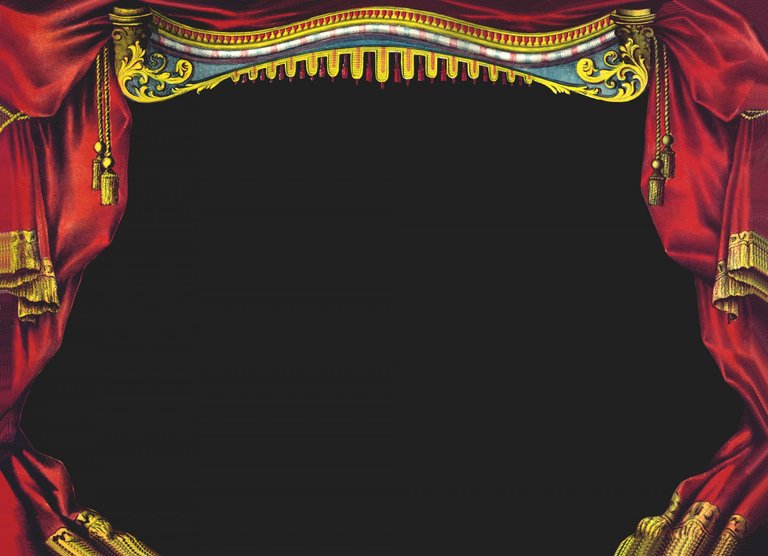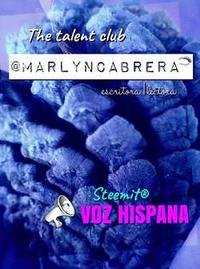Image in the Public Domain (Max Pixel)
O'Brien's short story “Good Form” is self-reflecting, an instrument of its own fictional status. It turns the attention of the reader off from its plot, not completely from the theme of war though, and demands a reading beyond this, beyond war and all its implications, which we emphasize are not disposed of. It lets show its preoccupation in revealing its own devices of fiction.</p

Picture in the Public Domain (Wikimedia Commons)
Woolf’s narrator also lets us know that she will not provide real facts upon her object. She will not get to the authentic identity of the mark. By the beginning of the story, she is remembering the time when she saw the mark for the first time; she loses herself into fancy memories; at the end of the first paragraph, she says: “rather to my relief the sight of the mark interrupted the fancy, for it is an old fancy, an automatic fancy, made as a child perhaps. The mark was a small round mark, black upon the white wall, about six or seven inches above the mantelpiece” (37). Later in the story we understand that when she says “automatic” she means a reference to imagination; that is to say, scientists’—not to mention other specialists—attempts to reconstruct the path between an origin and what a determined object has come to be, in order to determine its nature; as we can see it also alludes the différance, which is precisely what will forbid this attempt of reconstruction.
“How readily our thoughts swarm upon a new object, lifting it a little way, as ants carry a blade of straw so feverishly, and then leave it....”(par. 37), the story continues. This analogy is obviously about trends in science and their attempts to decipher the truth of the universe. The methods of science for speculation are fictionalized in this story, and so they are turned into exercises of imagination; the object observed, the object of study becomes, therefore, what it is told of it but never what it really is; the mark on the wall inasmuch as the discourse is concerned, becomes what the woman thinks of it: “I don't believe it was made by a nail after all [, she says about the mark]; it's too big, too round, for that. I might get up, but if I got up and looked at it, ten to one I shouldn't be able to say for certain; because once a thing's done, no one ever knows how it happened” (38).</p

Image under CC3.0 licensing - Attribution: Nevit Dilmen (2011)
O’Brien and Woolf have the readers see the story over so they will find themselves pondering what his narrator is also pondering on his discourse: the dichotomy of story-truth and happening-truth; proposed in O’Brien is held within the argument of both stories. O’Brien uses fiction to fill gaps in the stories he tells; there is a certainty in “Good Form” that we will never get to know how events happen and so the woman would not leave her chair in order to discover the identity of the mark. The fact that the soldier narrator in “Good Form” had not completely seen the scene he was writing about can be interpreted as our own fragmentary vision of the world, also evidenced by Woolf’s story’s argument.
Just in case a reader might feel mocked to some extent by this apparently “silly” artifice, the narrator in “Good Form” states it clearly toward the fourth paragraph: “But it’s not a game. It’s a form. Right here, now, as I invent myself, I’m thinking of all I want to tell you about why this book is written as it is” (179). He expresses his need to show the reasons for the form of his narrative. In fact, we interpret the use of “here” and “now” evidence the indexicalization proposing a space of an inherent duality of stance, the confluent entities telling and being told: the place where representation happens.
</p

Image in the Public Domain (PublicDomainPictures.net)

Thanks for reading this part 2/4.
Click to check due references in the first part: Dialogue Between Woolf's "The Mark on the Wall" and O’Brien’s "Good Form."
Posted from my blog with SteemPress : https://marlyncabrera.timeets.com/2019/01/28/dialogue-between-woolfs-the-mark-on-the-wall-and-obriens-good-form-ii/
Posted from my blog with SteemPress : https://marlyncabrera.timeets.com/2019/01/28/dialogue-between-woolfs-the-mark-on-the-wall-and-obriens-good-form-ii/

Links to the Images:
- Image in the Public Domain (Max Pixel)
- Picture in the Public Domain (Wikimedia Commons)
- Image under CC3.0 licensing – Attribution: Nevit Dilmen (2011)
- Image in the Public Domain (PublicDomainPictures.net)

Soy miembro de @talentclub.

Hola amiga. Vine a hacerte una visita.
Veo que estás pùblicando en inglés, yo loro leerlo.
Me pareció una densa historia coon excelente dosis de tensión.
Y me pareció espectacular la imagen de los cuadros.
Te felcito